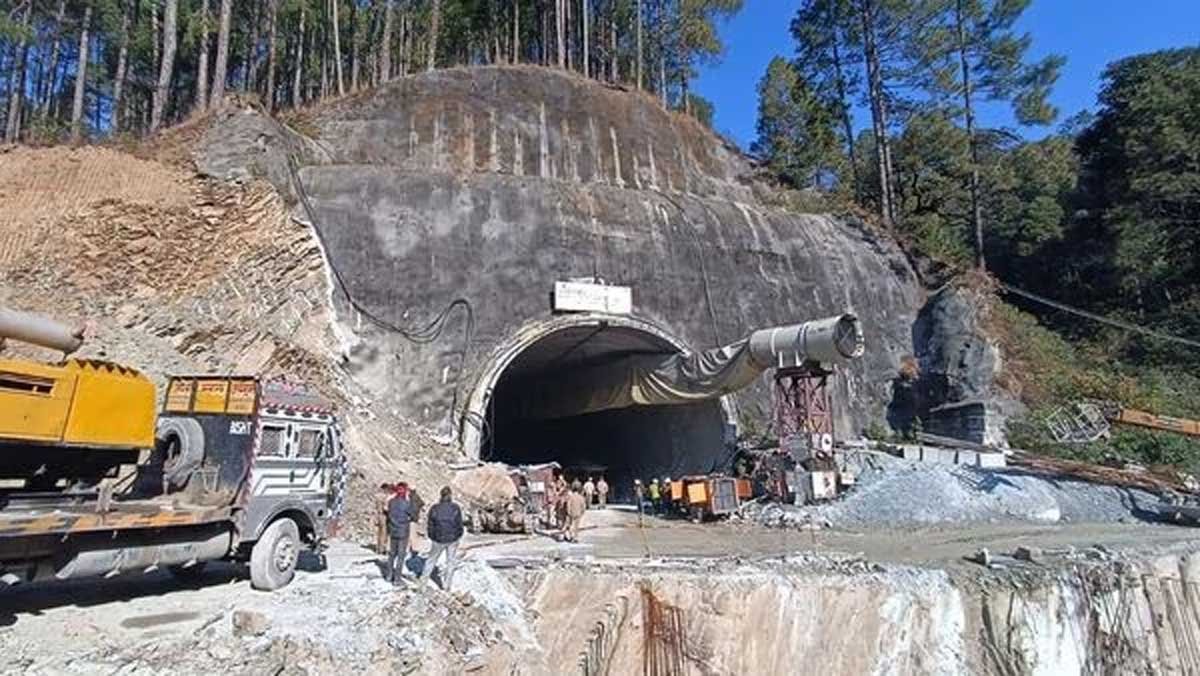The race to build infrastructure is, on one hand, connecting India, and on the other, building India. On both counts, while we stress pace, we ought to look at how we are connecting and how we are building India. Our connectors, namely roads, rail, and airports, ought to be designed well and built with materials that can last a lifetime. Our buildings and commercial complexes, too, should not be crumbling and leaking; otherwise, while we struggle to pay high maintenance costs, we also lose productivity. The reason we ought to take this as a top priority now rather than later is that our investments in infrastructure are slated to rise to higher levels than ever before.
PM Gatishakti is enabling quicker DPRs and higher contract awards, and faster execution possibilities with technologies are enabling better business opportunities. However, our skill development and capacity building are trailing, impeding the adoption of technology. Further, while we enhance the pace, we ought to look at sustainable financing. NHAI’s debt has reached Rs 3.48 trillion, tripling over the last five years from Rs 1.22 trillion in 2018. A huge amount of money is being poured into land acquisition. The Land Acquisition Policy was the first step in shooting ourselves in the foot. Paying the cost of land at four times the market price has not only escalated project costs but also allowed cash circulation and caused social upheavals. Land pooling concepts that have proved successful in several projects, with added provisions of annuities to farmers, could have been explored.
Safety is another issue seemingly off the grid. The recent case of the tunnel collapse at Uttarkashi in Uttarakhand has shown that there was no provision for an escape route in the plans in the eventuality of the soil caving in. Given the fragility of the soil in that region, this should have been a mandatory provision. Now, all 29 under construction tunnels are being audited for safety. Safety, as an operating procedure, has to be mandated if we are to scale up to execute mega projects, and given the lack of skill and experience of labor, this is absolutely necessary.
Any proposed highway running longer than 100 kilometers needs environmental clearance. The Silkyara tunnel, which is part of the 900 km Char Dham project, needed environmental clearance too. The race to complete the project before the forthcoming elections led to splitting the project into 53 separate sections, with none of them over 100 km in length, thereby skirting the environmental impact assessment. In June 2018, the National Highways & Infrastructure Development Corporation awarded the tender for tunnel construction to Navayuga Engineering (NEC), and Navayuga contracted Bernard Gruppe, a German-Austrian engineering consultancy, to design and build the tunnel. Bernard Gruppe stated on its website that, “Since the start of tunnel driving, the geological conditions have proved to be more challenging than predicted in the tender documents, thus confirming the results of the further exploration measures carried out at the beginning of the execution phase.” NEC needed to build an escape route for workers in the case of an emergency during construction, which it failed to build. Apart from providing an escape route, the channels are also supposed to help relieve the workers from the contamination caused by gases generated underground. Accidents will happen even when due care and precaution is taken due to extraneous circumstances, but failure to provide for Standard Operating Procedures should be dealt with firmly. Glazing over such errors and omissions only amplifies the lackadaisical attitude.
Road quality is so uneven across the country that one wonders whether we have different standards of approval. Now, the race to build metro rail is heating up. We are inching close to 1000 km of metro rail construction with plans for 5000 km in the coming years. Any compromise here could be deadly and too expensive. Our rail networks, which are overburdened with passenger traffic, need to replace rail tracks that have run their course and are bearing over 90% of the rail network load. Any compromise there could be lethal.
Here are three thoughts for implementation: 1) Make ESG compliance mandatory for construction companies engaged in mega projects. 2) Allow tax breaks for them for training and skilling. 3) Reduce duties on the import of technology for construction and infrastructure.
We need to incorporate safety and sustainability as a high priority in our quest to be a powerful nation.
Author: Pratap Padode is Founder & President FIRST Construction Council
Image Source -Business Standard


















